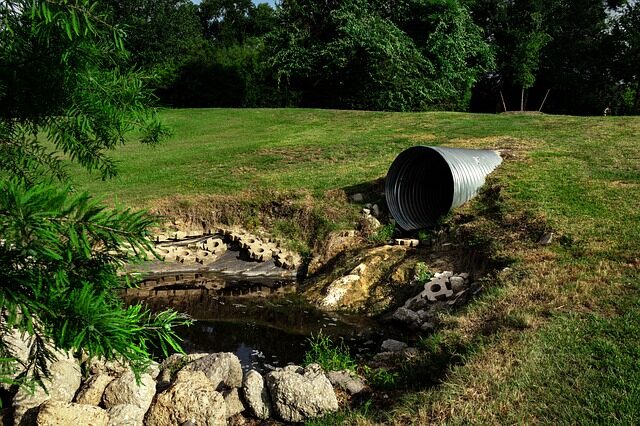The size and design of septic systems can vary in different parts of the country and within neighborhoods. This variation is because of factors such as local regulations, proximity to sensitive water bodies, lot size, soil type, household size, site slope, and weather conditions. While there are many distinct types of systems, conventional, mound, and constructed wetland systems are three of the most common.
Septic Tanks
The septic tank is integral to each of the three systems requires and requires periodic septic cleaning Woodstock. It is a watertight tank that is buried in the ground and designed to accept and partially treat raw domestic sewage known as influent. The light solids and greases float to the top of the tank while the heavier solids settle on the bottom. The wastewater or effluent that is left moves to the drainfield to be dispersed and treated.
Conventional Systems
Small businesses or single-family homes typically have conventional septic systems installed. These systems consist of a tank and a bed or trench drainfield, also known as a subsurface wastewater infiltration system.
The drainfield is covered in a permeable fabric that filters out dirt, sand, and other contaminants to keep them from the clean gravel. The effluent from the tank is piped into the drainfield, filtered through the stone, and into the soil where microbes finish the treatment.
Mound Systems
In areas of high groundwater, shallow solid depth, or shallow bedrock, mound systems are an option. The mounds are constructed with sand and contain a drainfield trench. The effluent leaving the tank moves to a pump chamber before it is pumped to the mound in specified amounts. There it filters through the sand and into the soil to be further treated by microbes.
Constructed Wetlands
The treatment process that occurs in natural wetlands is mimicked in a constructed wetland system. Effluent leaves the septic tank goes to the wetland cell where it moves through the media and is treated by plants, microbes, and other elements that remove nutrients and pathogens. A wetland cell usually includes an impermeable liner, sand, and gravel, appropriate wetland plants that can live in a constant water-soaked environment.
These three septic systems employ some similar features, including a septic tank and a drainfield or wetland cell to treat domestic sewage. The differences include beds and trenches, permeable liners, pump chambers, mounds, and impermeable liners, wetland plants. Despite the similarities and differences, all three of these systems are designed to treat raw domestic sewage.

